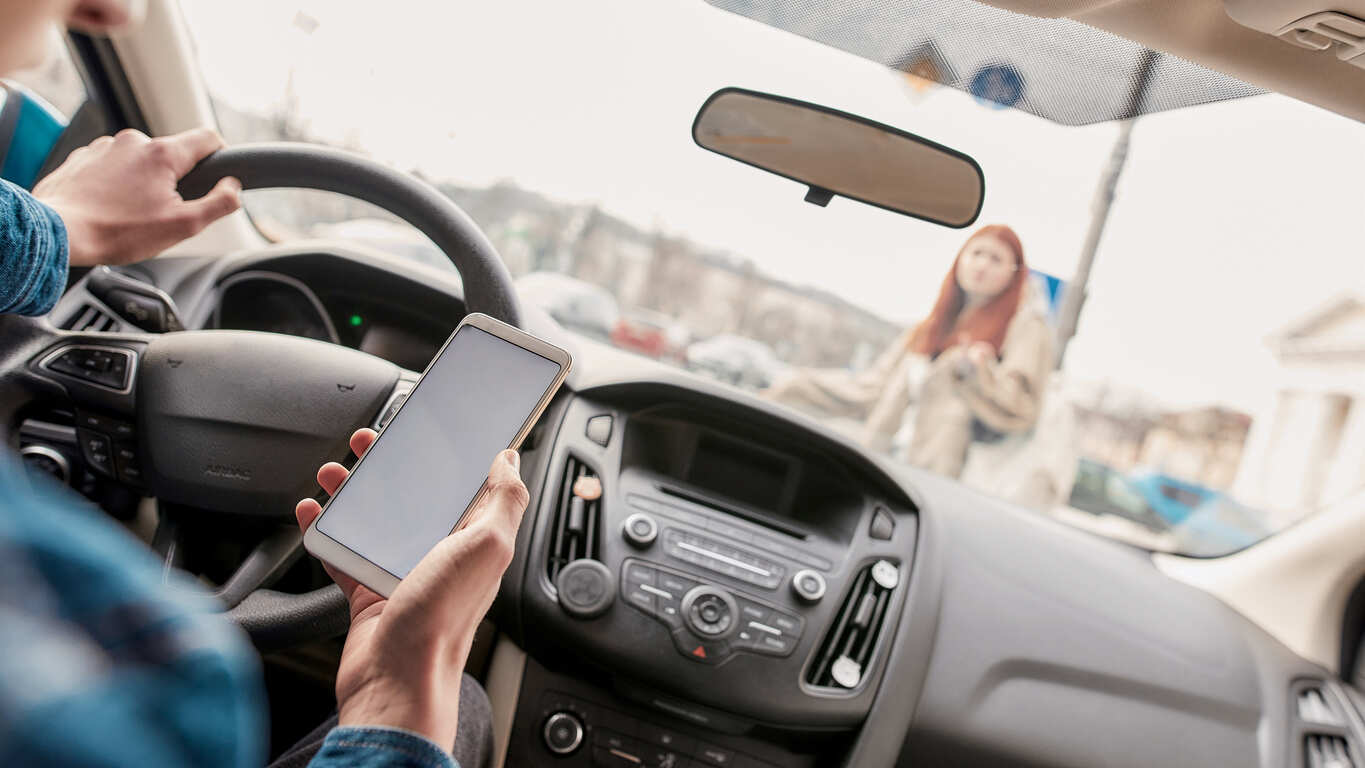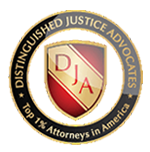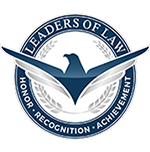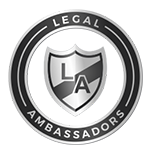Distracted driving is one of the leading causes of vehicle collisions in California. When a driver’s attention is diverted—even momentarily—the consequences can be devastating. If you’ve been injured in a crash caused by a distracted driver, proving that distraction occurred is a key part of building a successful personal injury claim. In California, where comparative fault rules apply, the strength of your evidence can directly impact your ability to recover damages.
At National Injury Help, our San Diego personal injury attorneys are ready to advocate for your rights and pursue the compensation you deserve. Here’s how.

What Is Distracted Driving?
Distracted driving includes any behavior that takes a driver’s attention away from the road.
These distractions typically fall into three categories:
- Visual distractions: taking your eyes off the road, including checking a text or looking at a GPS.
- Manual distractions: taking your hands off the wheel, including eating or adjusting the radio.
- Cognitive distractions: taking your mind off driving, including daydreaming or talking to a passenger.
Using a smartphone while driving often involves all three forms, making it especially dangerous and a common focus in distracted driving cases.
Key Evidence That Can Prove Distracted Driving Caused a California Crash
To hold a distracted driver accountable, you need compelling evidence that shows the distraction contributed to the crash.
Here are some of the most effective forms of proof:
- Cell Phone Records
One of the strongest ways to show that a driver was texting or using an app during the crash is to subpoena their phone records. These can reveal whether the driver was sending or receiving messages, using apps, or making calls when the collision occurred.
- Dashcam or Traffic Camera Footage
Video evidence can capture real-time distractions, such as a driver looking down or failing to react to traffic signals. If available, this footage can be critical in establishing fault.
- Eyewitness Testimony
Statements from passengers, other drivers, or pedestrians can confirm that the at-fault driver was distracted. Witnesses may report seeing the driver on their phone, eating, or engaging in another non-driving activity.
- Police Reports
Law enforcement officers who respond to the scene often include their observations in crash reports. If an officer suspects distracted driving, they can include this in their findings, especially if the driver admits to being distracted.
- Accident Reconstruction
Expert witnesses, such as accident reconstruction specialists, can use physical evidence and vehicle data to show how distraction may have played a role. Skid marks, point of impact, and reaction times are all analyzed.
Why This Evidence Matters
In California, personal injury cases follow a comparative negligence model. That means you may be entitled to full compensation if the other driver is found to be 100% at fault due to distraction. But if there’s any dispute about the cause of the crash, substantial evidence can make the difference between a fair settlement and a denied claim.
How National Injury Help Can Assist
At National Injury Help, our San Diego County personal injury attorneys know how to build a persuasive distracted driving case. We quickly gather phone records, secure surveillance footage, interview witnesses, and work with experts to preserve and present critical evidence.
If you or a loved one was injured due to a distracted driver, don’t wait. Contact us today for a free consultation. We’ll protect your rights and fight to recover the compensation you deserve—while you focus on healing.
Note: The information provided in this article is based on reports from publicly available sources, including news outlets, police reports, and eyewitness accounts. National Injury Help has not independently verified all details of the reported incident. If you find any inaccurate or outdated information, please contact us, and we will review and update the content as appropriate. The photo used in this post is for illustrative purposes only and does not depict the actual scene of the incident.
Disclaimer: The content of this article is intended for informational purposes only and does not constitute legal advice or establish an attorney-client relationship with National Injury Help. For legal assistance specific to your case, we encourage you to contact a qualified attorney.
Free Case Evaluation
Contact Us today for a FREE, Immediate Case Evaluation
Contact Us today for a FREE, Immediate Case Evaluation
Categories
Recent posts
- Tucson, AZ – Pedestrian Injured in Motorcycle Crash at 6th Ave & 4th St
- Tucson, AZ – Female Driver Injured in Two-Vehicle Crash on N La Cañada Dr
- Tucson, AZ – Injury Accident at Warren Ave & 6th St
- Tucson, AZ – Peatón herido en choque con motocicleta en 6th Ave y 4th St
- Tucson, AZ – Conductora herida en choque entre dos vehículos en N La Cañada Dr





